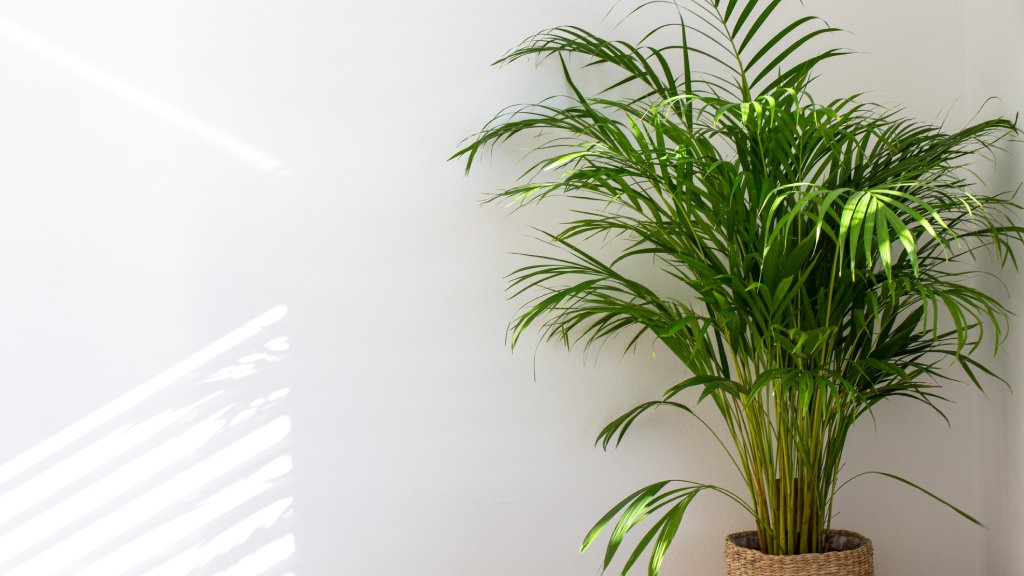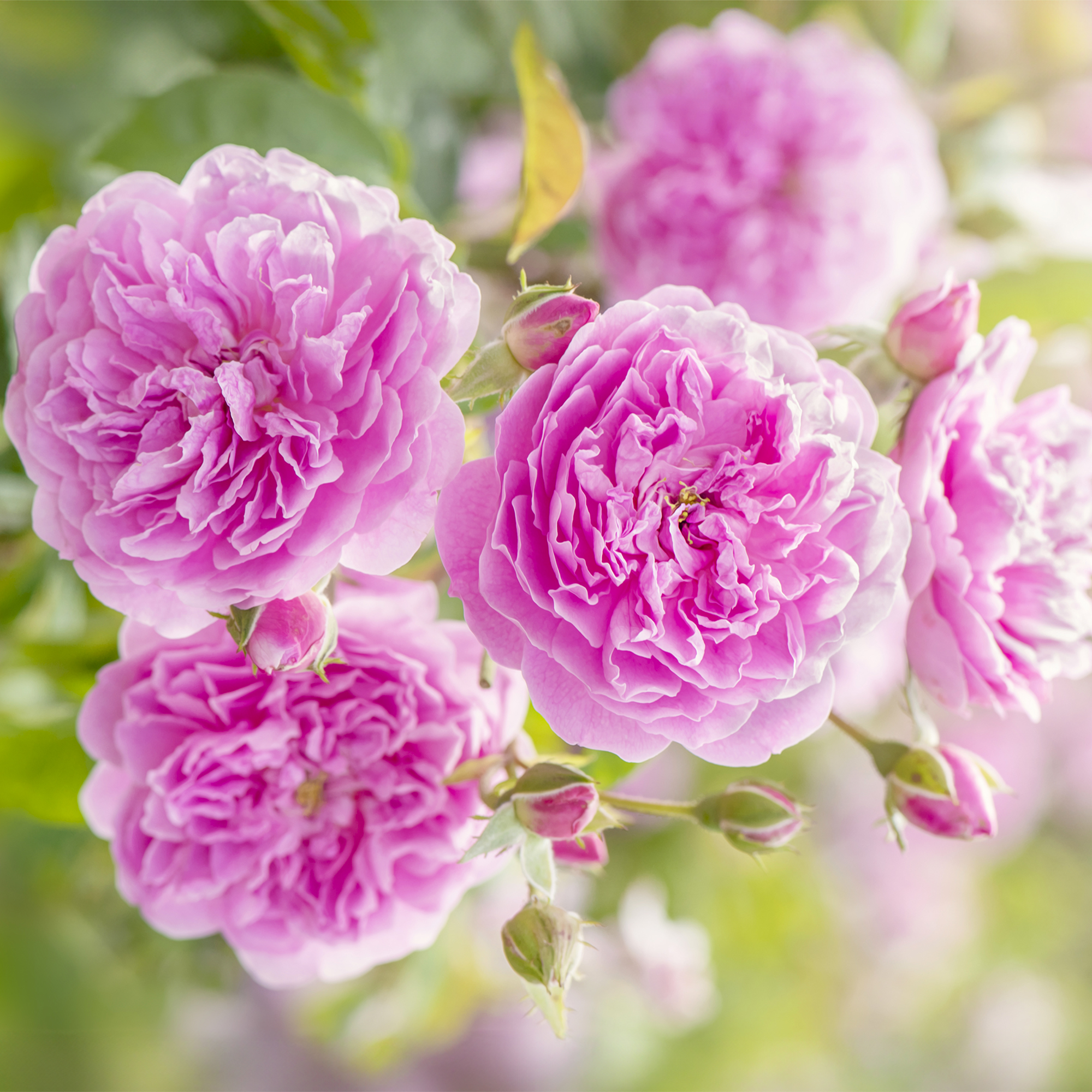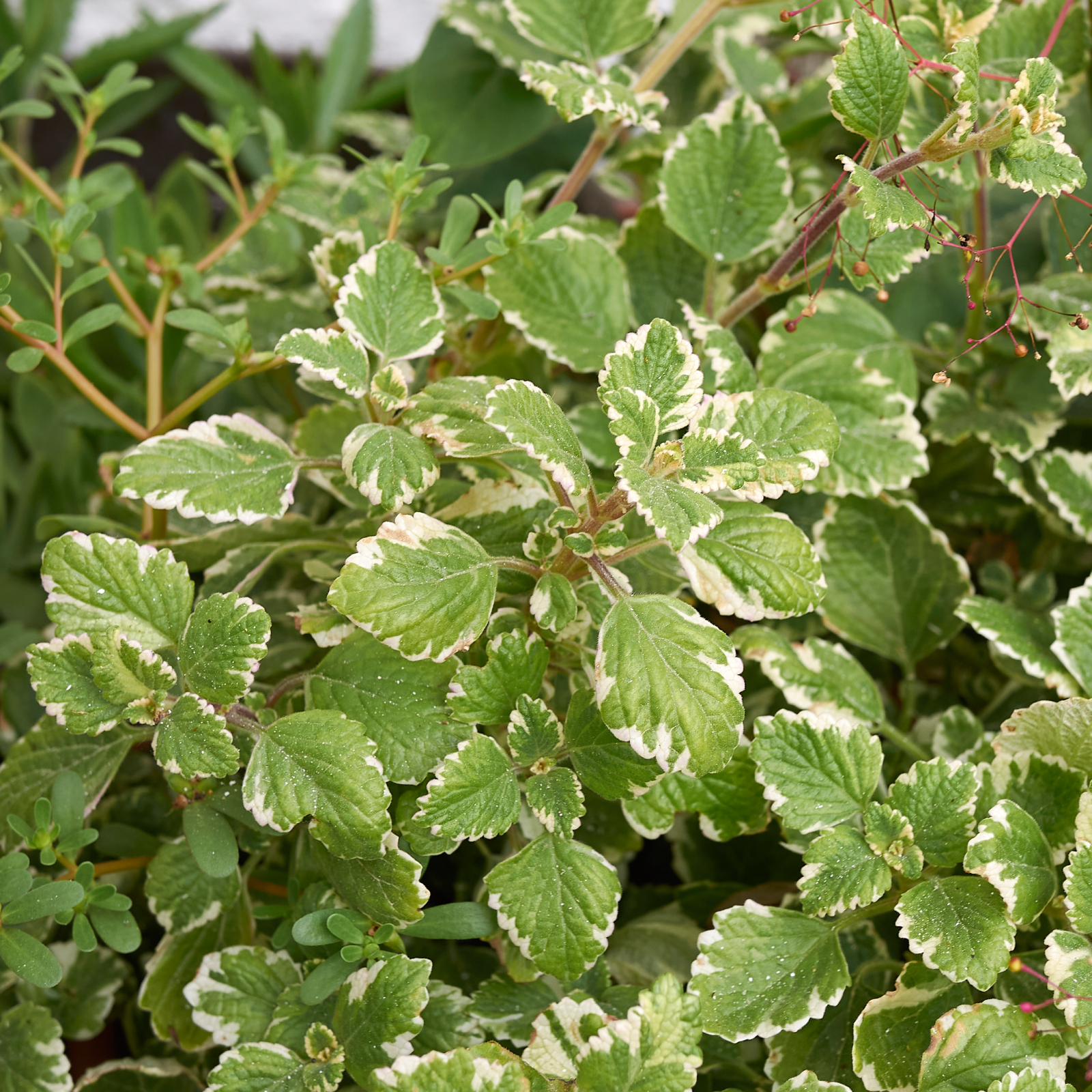How To Care For An Areca Palm Tree
Areca palm is the most widely used palm for bright interiors. Grow it today to enjoy its beautiful feathery fronds.

Quick Areca Palm Facts:
- Botanical name: Dypsis lutescens, previously Chrysalidocarpus lutescens
- Height: 10 to 30 feet (3 to 9 m)
- Spread: 8 to 10 feet (2.5 to 3 m)
- Sun exposure: dappled sun or at least two hours of direct sun
- Soil requirements: moist, well-draining soil
- Hardiness zones: USDA 10 - 11
- When to plant: spring
Not every palm tree grows in Hawaii. In fact, if you select appropriately, you can keep an elegant, gently arching, and entirely delightful palm tree in your living room as a houseplant. The areca palm tree (Dypsis lutescens) can grow outdoors in mild winter regions, but this little tree also looks beautiful indoors. However, the palm rarely flowers or fruits inside.
The areca palm is also known as the yellow palm or cane palm. As a houseplant, it typically grows with multiple stems, each one ringed like bamboo and topped with feathery fronds. The plant grown outside produces small, white flowers on three-foot (1 m) stalks, followed by small, black fruits. These gorgeous, bold plants command attention. Keep reading to find out more about growing areca palm in your home.
Areca Palm Care
Although the areca palm immediately lends a tropical nuance to your home, it is not one of those difficult, hot-weather plants that need full-time care. In fact, with an appropriate placement, areca palm care is minimal and manageable.
A full-grown areca palm houseplant is quite expensive, so they are usually purchased as small tabletop plants. They add 6 to 10 inches (15 to 25 cm) of growth annually until they reach a mature height of 6 or 7 feet (2 m). Areca palm is one of the few palms that can tolerate trimming without serious harm, making it possible to keep mature plants indoors for their entire lifespan of up to 10 years.
Light
Palms are often grown outdoors in the sun, and the areca accepts full direct sun, too. Fortunately for homeowners, it will also thrive in dappled light or in a partial shade area that gets as little as two hours of sun a day.
Water & Soil
While the care of areca palms indoors isn’t complex, the plant won’t tolerate neglect. Water them often enough to keep the soil lightly moist in spring and summer, and allow the soil to dry slightly between waterings in fall and winter. Ideally, the areca palm should grow in organically rich loam that drains well. In reality, it will accept almost any type of soil that drains well and is slightly acidic.
Temperature & Humidity
The areca palm tree is relatively tolerant of both heat and drought. However, it can’t tolerate much cold and only thrives outside in areas with mild or warm winters, USDA zones 10 and 11. The areca palm indoors is usually happy with the same temperature and humidity humans like.
Gardening tips, videos, info and more delivered right to your inbox!
Sign up for the Gardening Know How newsletter today and receive a free copy of our e-book "How to Grow Delicious Tomatoes".
Fertilizer
Experts suggest that this lovely little palm requires regular application of fertilizer to keep it looking its best. Fertilize areca palm plants with a time-release fertilizer in spring. Fertilizing in spring gives the plant most of the nutrients it needs for the entire season.
The fronds benefit from a micronutrient spray in summer. You can use a liquid houseplant fertilizer that contains micronutrients for this purpose. Make sure the product is labeled as safe for foliar feedings, and dilute it according to the label instructions. Do not feed areca palm plants in fall and winter.
Pruning & Propagation
The areca palm tree does not require much pruning. You can prune out broken or dead fronds or stems for aesthetic reasons. You can propagate an areca palm by seeds or division.
Repotting
The areca palm tree growing indoors should be repotted every two to three years. Plant the palm in a slightly larger container as the plant likes a tight environment, and crowded roots help limit the size of the plant. The main reasons for repotting are to replace the aged potting soil and remove fertilizer salt deposits that build up in the soil and on the sides of the pot. Use a palm tree potting soil or a general-purpose mix amended with a handful of clean builder’s sand.
Take care to plant the palm in the new pot at the same depth as in the old pot. Planting it too deeply can cause serious injury. The roots are brittle, so don’t attempt to spread them out. After filling in around the roots with soil, press down with your hands to make sure the soil is tightly packed. Eliminate air pockets by flooding the pot with water and pressing down again. Add additional soil if necessary.
Problems, Pests & Diseases
When planted indoors, the areca palm plant can be vulnerable to scale, whiteflies, and spider mites. Combat these pests with beneficial insects or neem oil. The palm is not affected by any particular diseases or environmental problems.
Frequently Asked Questions
Why are my areca palm plant fronds turning yellow?
Areca leaves turn yellow when young plants are exposed too early to hot, direct sun. Ideally, they should be partially shaded for the first few months after transplant. Fronds can also turn yellow if planted in high-pH (alkaline) soil.
Is an areca palm tree tolerant of salty air?
Arecas are relatively tolerant of salt. Feel free to plant them in seaside areas as long as you meet the other care requirements!
When can I expect my areca houseplant to blossom?
The potted palms will rarely bloom or produce fruit indoors, so don’t count on seeing your palm blossom.
Now that you know how easy areca palm care is, why not head out to the local nursery or garden center and pick up one of your own? The trip will be well worth its time once you have secured a lush, beautiful palm to brighten up your home.

Jackie Carroll has written over 500 articles for Gardening Know How on a wide range of topics.
-
 How Much Sun Do Roses Need To Grow? Understanding Rose Light Requirements
How Much Sun Do Roses Need To Grow? Understanding Rose Light RequirementsDiscover how much sunlight your roses really need to grow strong, bloom beautifully, and stay healthy all season long.
-
 Which Ivy Is Best For A Garden? 7 Varieties Of Ivy To Grow (And 2 To Avoid)
Which Ivy Is Best For A Garden? 7 Varieties Of Ivy To Grow (And 2 To Avoid)Lots of varieties of ivy can complement your garden, provide groundcover, or create a private oasis, but which is best? Explore our top picks for beautiful ivy.
